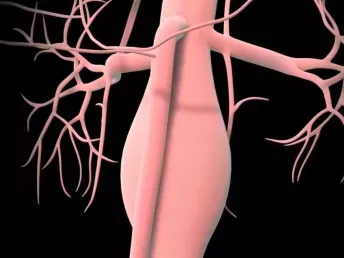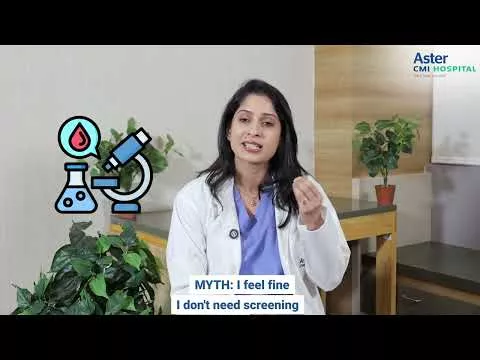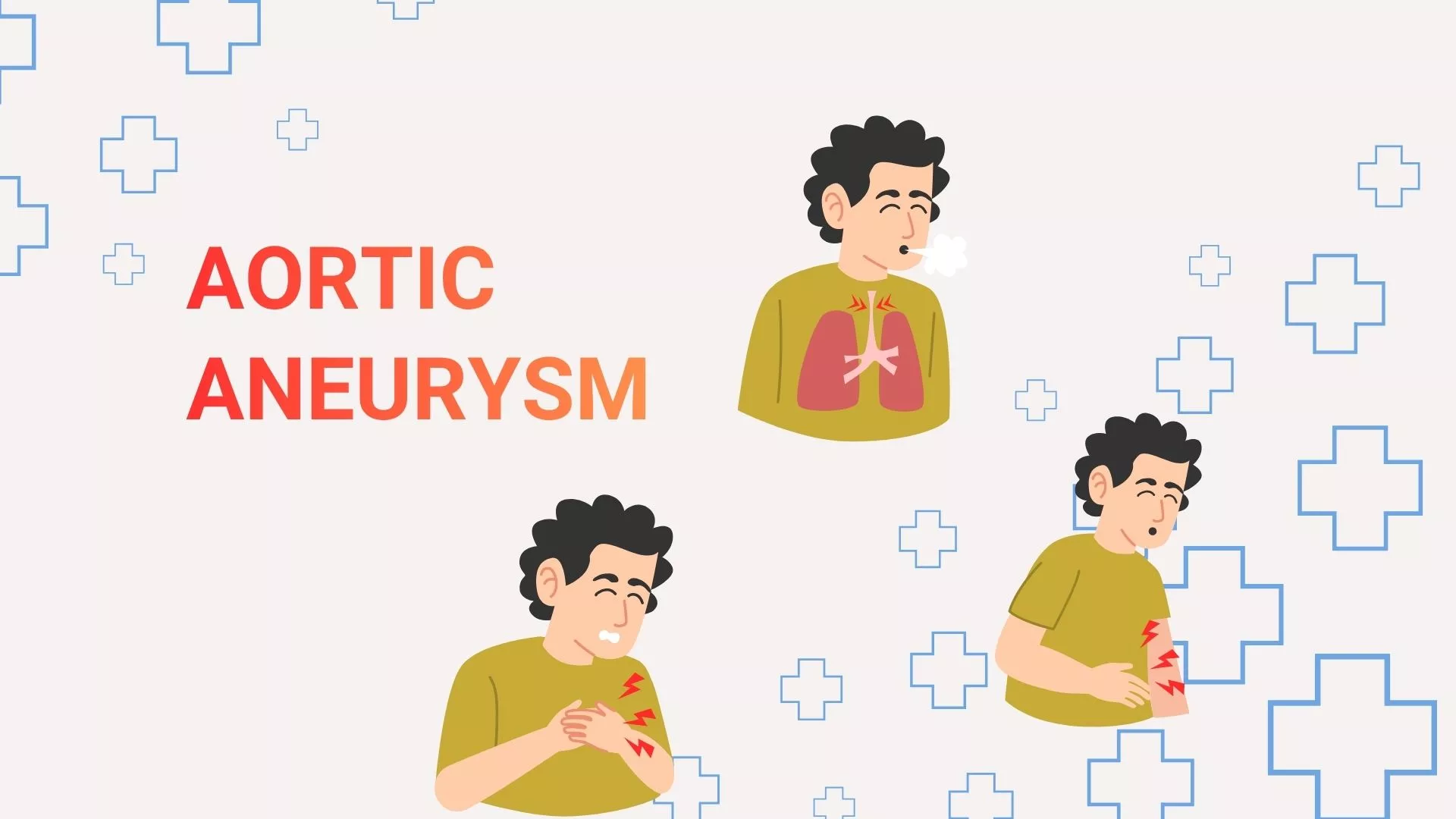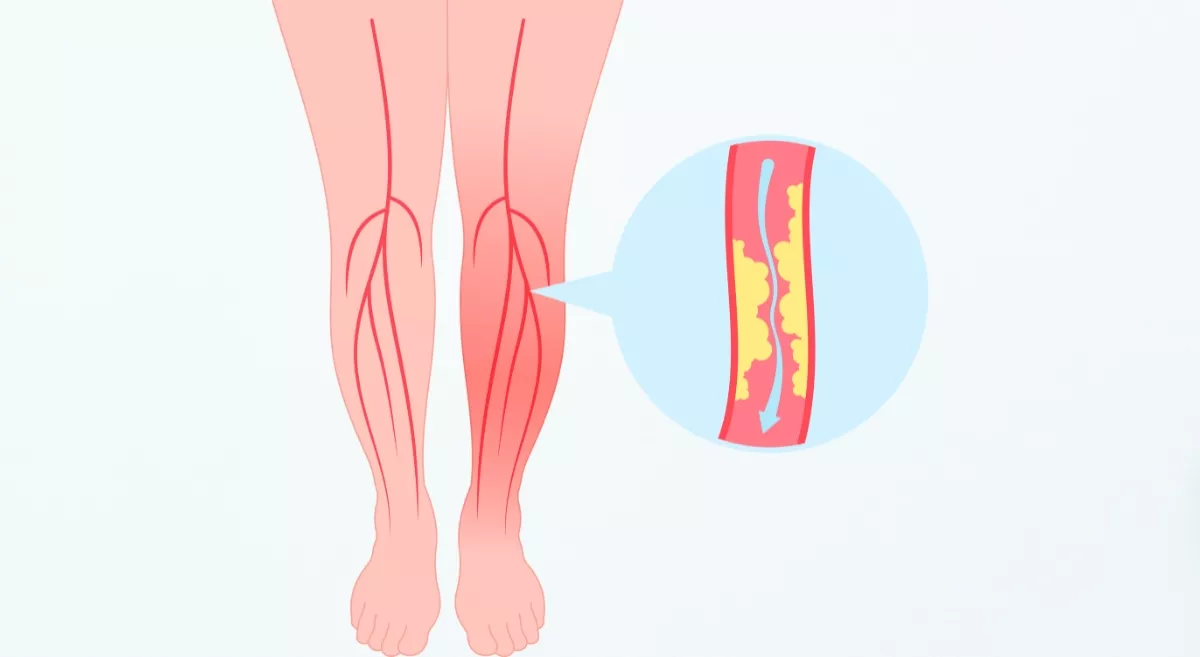What is aortic aneurysm?
An aortic aneurysm is a potentially life-threatening condition characterized by the weakening and ballooning of the aorta, the largest artery or a tube carrying blood in the body. The aorta is a thick, muscular blood vessel that originates from the heart and extends down into the abdomen, supplying blood to various organs and tissues. When an aneurysm forms, the weakened area of the aorta stretches and bulges forming a sac like structures and becomes susceptible to rupture, which can lead to severe internal bleeding and can be fatal. If you experience any such conditions, consulting an experienced cardiologist in Bangalore at a reputed cardiology hospital in Bangalore is crucial for timely diagnosis and treatment.
What are the types of aortic aneurysm?
The aneurysm can occur in different sections of the aorta, resulting in two main types:
- Abdominal Aortic Aneurysm (AAA): This type occurs in the part of the aorta that passes through the abdomen. AAA is the most common type of aortic aneurysm.
- Thoracic Aortic Aneurysm (TAA): This type occurs in the part of the aorta that passes through the chest, specifically the thoracic region.
Aortic aneurysms can vary in size, with some remaining small and stable for a long time, while others may progressively enlarge over time. The risk of complications, such as rupture, increases as the aneurysm grows larger than 5cm. Visiting a specialized heart hospital in Bangalore ensures access to advanced diagnostic tools and surgical expertise for managing such risks.
The primary reason for development of an aortic aneurysms is the weakening of the muscular walls of the aorta. This weakening can be attributed to factors such as:
- Age: Weakening of arterial wall can occur with age due to weakening of the elasticity of the aorta. Therefore aortic aneurysms occur more commonly in men aged over 65yrs.
- Smoking: Smoking further weakens the aorta due to direct damage to the aortic wall. Not only are smokers more prone to develop aortic aneurysms at an earlier age, but are also more likely to have a rupture.
- Atherosclerosis: The buildup of fatty deposits, cholesterol, and other substances on the inner walls of the arteries can weaken the aortic wall.
- Genetic factors: Certain genetic conditions, such as Marfan syndrome, Ehlers-Danlos syndrome, and Turner syndrome, can predispose individuals to develop aortic aneurysms earlier in life.
- Trauma: Severe injury or trauma to the aorta can lead to the formation of an aneurysm.
What are the symptoms & causes of aortic aneurysm?
Unfortunately, most often, aortic aneurysms do not cause any symptoms. A few fortunate ones have it detected incidentally during a CT scan or Ultrasound examination for an unrelated condition. However, as the aneurysm grows large there may be symptoms arising due to complications depending on the site of aortic aneurysm.
An undetected and untreated aneurysm can have fatal consequences. Several cases of sudden deaths in elderly are erroneously branded as massive heart attacks, while the actual reason is never discovered. It is said that 8 out of 10 people with a ruptured aneurysm do not make it to the hospital.
At present active aortic aneurysm screening is the only way to detect aortic aneurysm in population ‘at risk’. Several developed countries like NHS in UK sends an aortic aneurysm screening invitation for all men over 65yrs. Aortic aneurysm screening is a painless, reliable, and in-expensive test which hardly takes 10-15 min of time to perform. Aster CMI hospital with its Aortic Centre, in one of very few institutions across the country which performs active Aortic aneurysm screening program.
Although all individuals above the age of 65yrs are ‘at risk’, it is more common in
- Men > 65yrs
- Past or present history of smoking
- History of heart diseases
- History of lung diseases
- Family history of aneurysms
Such ‘at-risk’ individuals should actively seek aneurysm screening.











